Switzerland’s dangerous glaciers under close surveillance
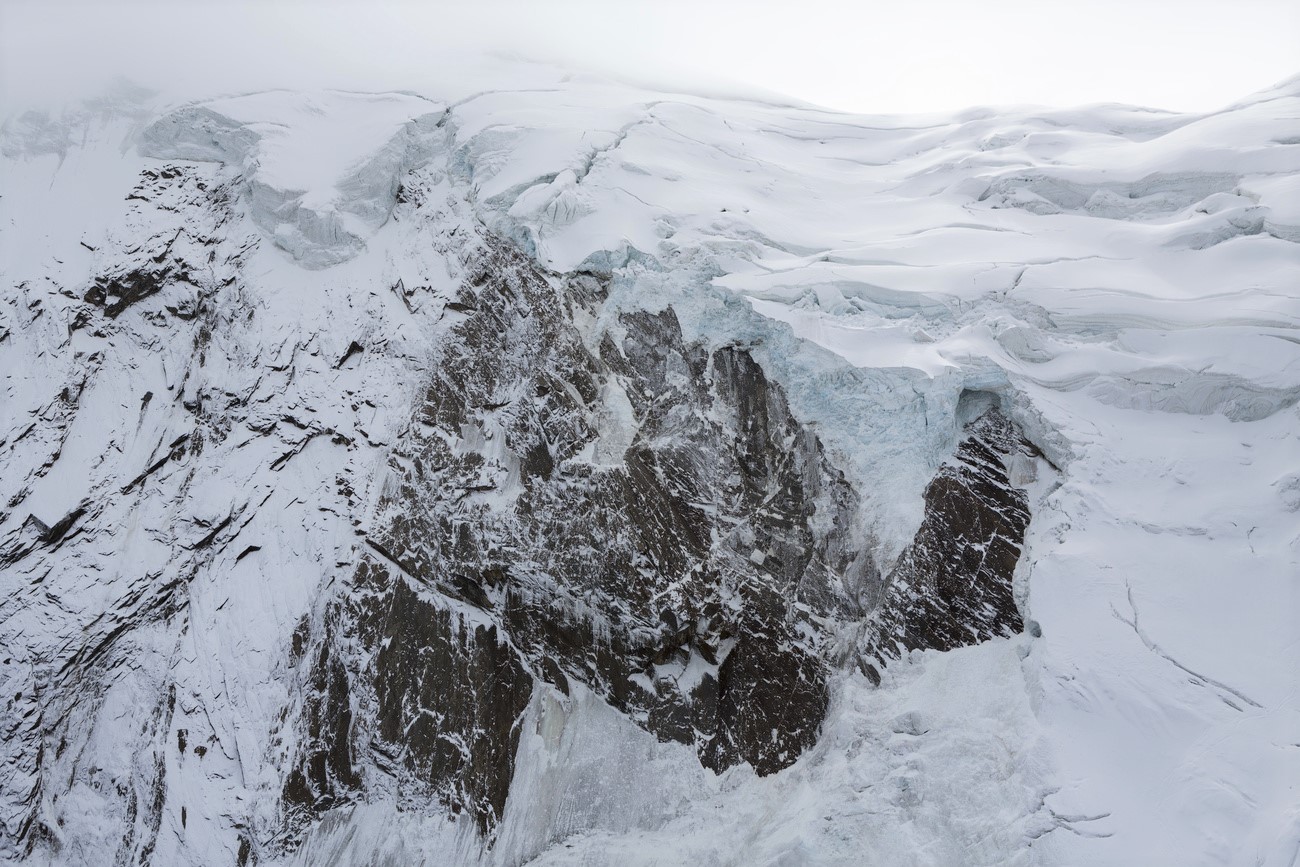
There are 60 glaciers in Switzerland that could threaten inhabited areas, roads and railways. Despite one of the oldest and most developed monitoring networks in the world, it is often impossible to anticipate a deadly glacier collapse such as the one on the Marmolada in the Dolomites.
When Christophe Lambiel discovered that water was circulating at the base of the Moiry hanging glacier in Canton Valais, he was not only surprised but also worried. The geomorphology expert and professor at the University of Lausanne has been measuring the glacier’s temperature for about a year, using detectors inserted into two boreholes.
Inside the glacier and at its base, temperatures are negative. However, on 5 June, temperatures rose to 0°C in just a few hours. “When this happens, there is a risk of a break-up,’ he says.
The cause of the temperature rise was the intrusion of meltwater, which reached the point where the glacier is ‘glued’ to the rock. If water gets in between, the glacier can lose its grip and collapse. ‘It cannot be ruled out that the same happened on the Marmolada, in Italy,’ says Lambiel.
Marmolada at the moment of collapse >>>
#MarmoladaExternal link il momento del crollo alla sommità del ghiacciaio. Bilancio provvisorio 6 vittime, ma ci sono una quindicina di dispersi pic.twitter.com/EAfoIrXmkiExternal link
— Tgr Rai Trentino (@TgrRaiTrentino) July 3, 2022External link
The exact reasons for the tragedy on 3 July in the Dolomites that claimed eleven lives are not yet known. What is certain is that as a result of global warming, glaciers are melting at an increasingly rapid rate. Phenomena such as falling seracs and water runoff beneath the glacier layer are set to become more frequent.
In the Swiss mountains, 2022 has been an unusual year. There was very little snow in the winter, there was little precipitation in the spring, and it was already very hot before the summer. “At the beginning of July, the conditions we observed in the mountains were what we usually have at the beginning of September”, Lambiel says.
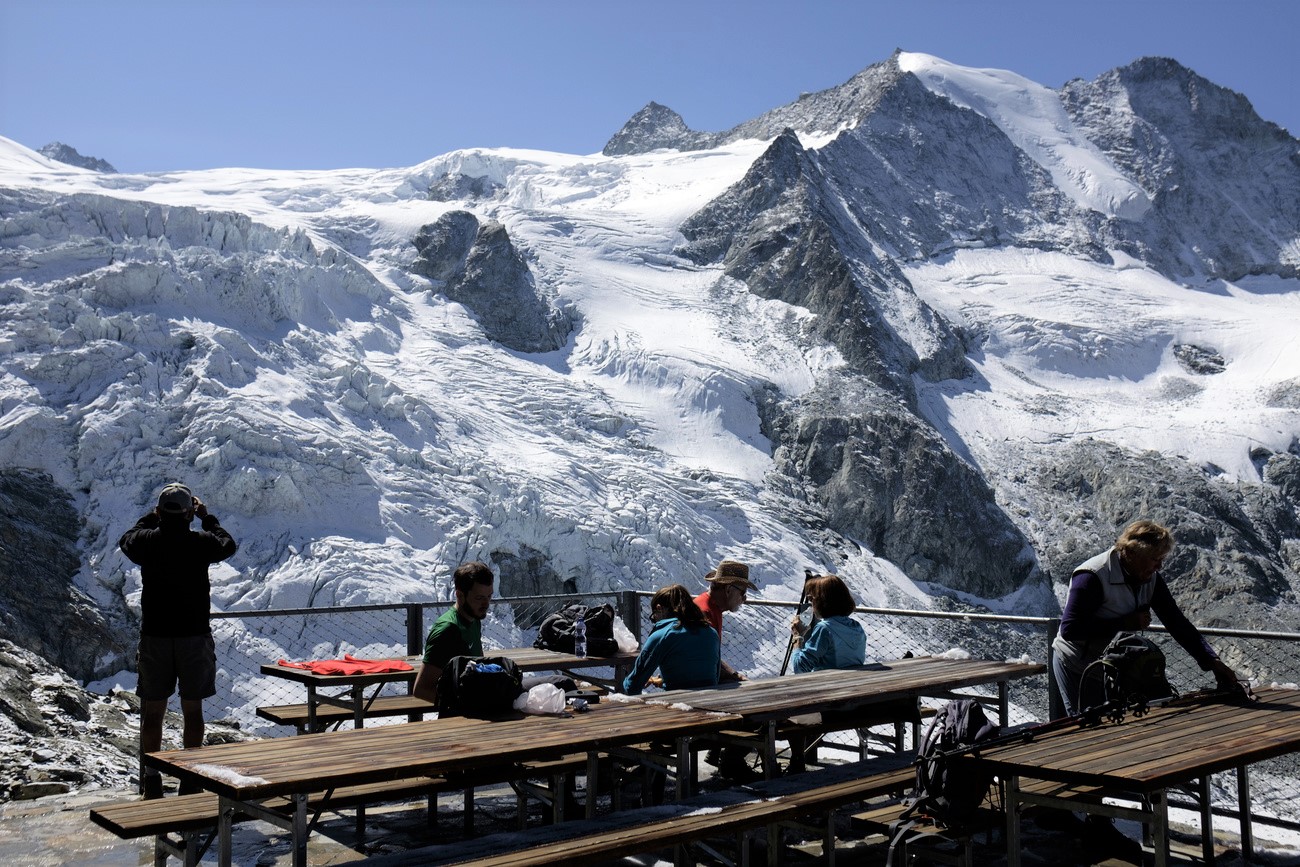
A danger for roads, railways and villages
There are about 1,400 glaciers in Switzerland. Sixty are listed in an inventory of dangerous glaciers, which is updated every year by the company Geoformer. “In recent years, the list has become shorter. Not because the danger has decreased, but simply because some small glaciers have disappeared,’ engineer Ingrid Senn tells swissinfo.ch
A glacier is considered dangerous if it poses a threat to roads, railways or inhabited areas downstream. In Switzerland, most of these glaciers are located in Valais, the canton with the highest mountains. These include the glacier on the Weisshorn, a hanging glacier in the valley leading to Zermatt, the glaciers Gruben, Trift and Allalin. In 1965, ice and debris from the Allalin glacier buried the construction site of the Mattmark dam; the disaster, one of the most serious in modern Switzerland, claimed 88 lives, including 56 Italian workers.
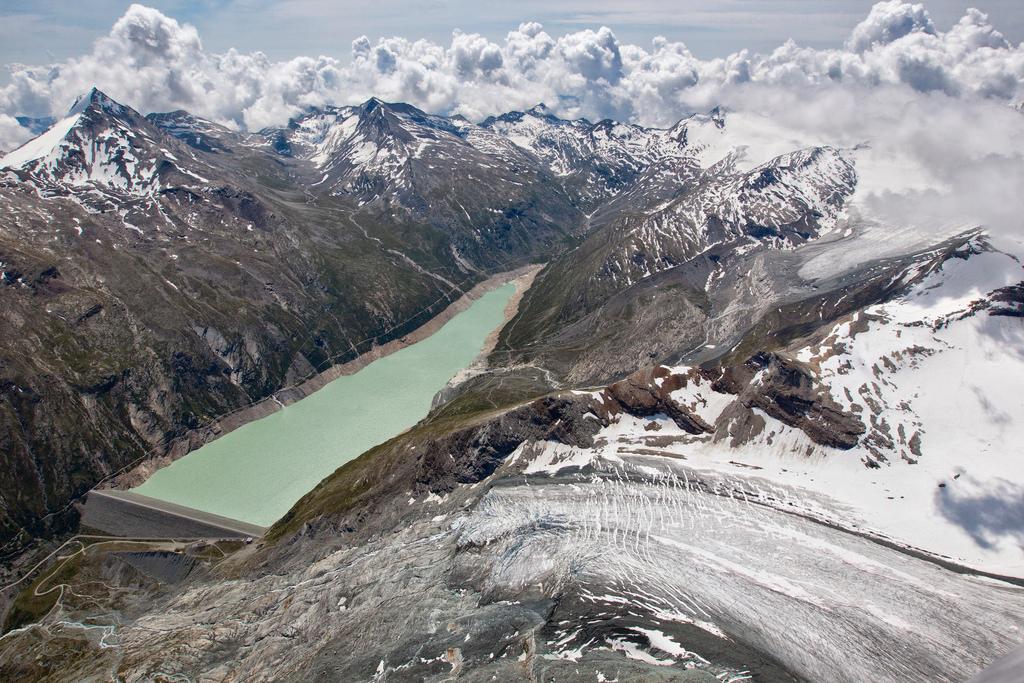
More
The Mattmark disaster: a dramatic page in Swiss history
The risks posed by a glacier are manifold, explains Pascal Stoebener of the Natural Hazards Service of Canton of Valais: “There are the falling seracs, which can cause an avalanche in winter, the collapse of rock material freed by retreating glaciers, or the sudden emptying of glacier lakes”. These lakes originate from melting ice and snow and can form on, within or at the bottom of the glacier. A sudden release of water can cause flood waves or debris flows.
Recognising warning signs
The Swiss glacier measurement network GLAMOS is among the oldest and best-performing in the world. The first glacier measurements of the Rhone Glacier date back to 1874 and today the GLAMOS network monitors and documents long-term changes on 176 Alpine glaciers. The main task is to determines the area, length and mass balance of the glaciers, i.e. the difference between the accumulation of ice and snow and the mass lost during melting.
This routine monitoring is complemented by more targeted surveillance of dangerous glaciers. In this work, coordinated by cantonal authorities, some glaciers are visited once a year, for example to observe the degree of glacier fracturing or whether a new lake has formed. Others are under close surveillance, with daily measurements taken every ten minutes.
“The aim is to detect a signal that could anticipate ice fall or the emptying of a glacial lake,” says Daniel Farinotti, a glaciologist at ETH Zurich and member of the GLAMOS steering committee.
In addition to helicopter flyovers and field inspections, researchers use the latest technology: High-resolution cameras, radars, acoustic sensors, ice vibration detectors and satellite images to record every tiny movement.
In the event of an alert, roads and railways are closed – traffic lights automatically turn red, blocking traffic – and the population is removed if necessary.
In September 2017, the Valais authorities evacuated part of the village of Saas-Grund, at an altitude of 1,559 metres. The unstable part of the Trift glacier, which had been under observation since 2014, was moving at an unusual speed, more than two meters per day. “In fact, a few hours after the evacuation, an ice avalanche broke loose,” Stoebener recalls. “Fortunately, it did not reach the valley.”
Cold and temperate glaciers
However, it is impossible to monitor every change and thus prevent a possible tragedy. Lakes that form in an inner pocket of the glacier , for instance, elude observation and in some types of glaciers, it is difficult to understand what is happening.
Measurements can detect breaks in the ice of so-called ‘cold’ glaciers, where the temperature is below the melting point, and make predictions about collapse. In the case of ‘temperate’ glaciers, however, such a prediction is more difficult. These glaciers, whose temperature is close to the melting point, are not ‘glued’ to the rock, but are in continuous movement. “If an acceleration is observed, it is not certain that there will be a collapse. We cannot issue an alert every time there is movement as this would lead to a large number of false allarm,’ says Farinotti.
Then there are glaciers that have cold and temperate parts. “This is the most complex scenario because there is no acceleration anticipating the event,’ he says.
Experts on natural hazards agree that a trip to the mountains is always associated with risks.. “We keep an eye on glaciers that pose a danger to infrastructure and inhabited areas, not those that threaten paths and access routes to summits,” says Stoebener. ‘Going to the mountains is a matter of individual responsibility’.
Edited by Sabrina Weiss
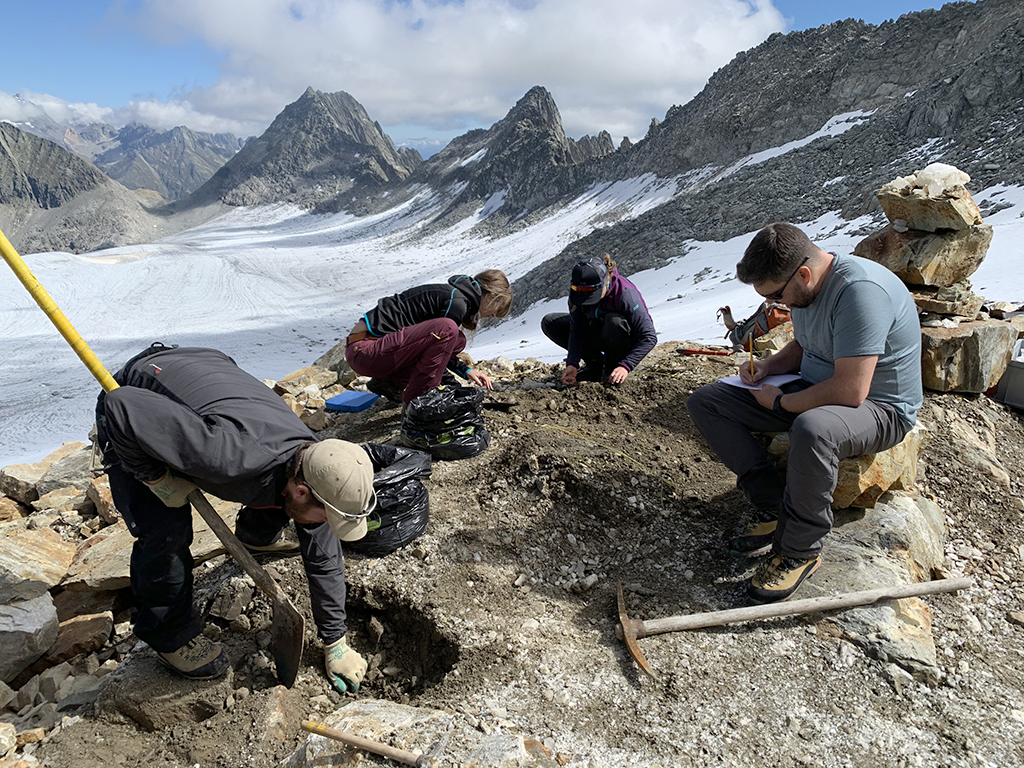
More
In pursuit of the crystal hunters

In compliance with the JTI standards
More: SWI swissinfo.ch certified by the Journalism Trust Initiative

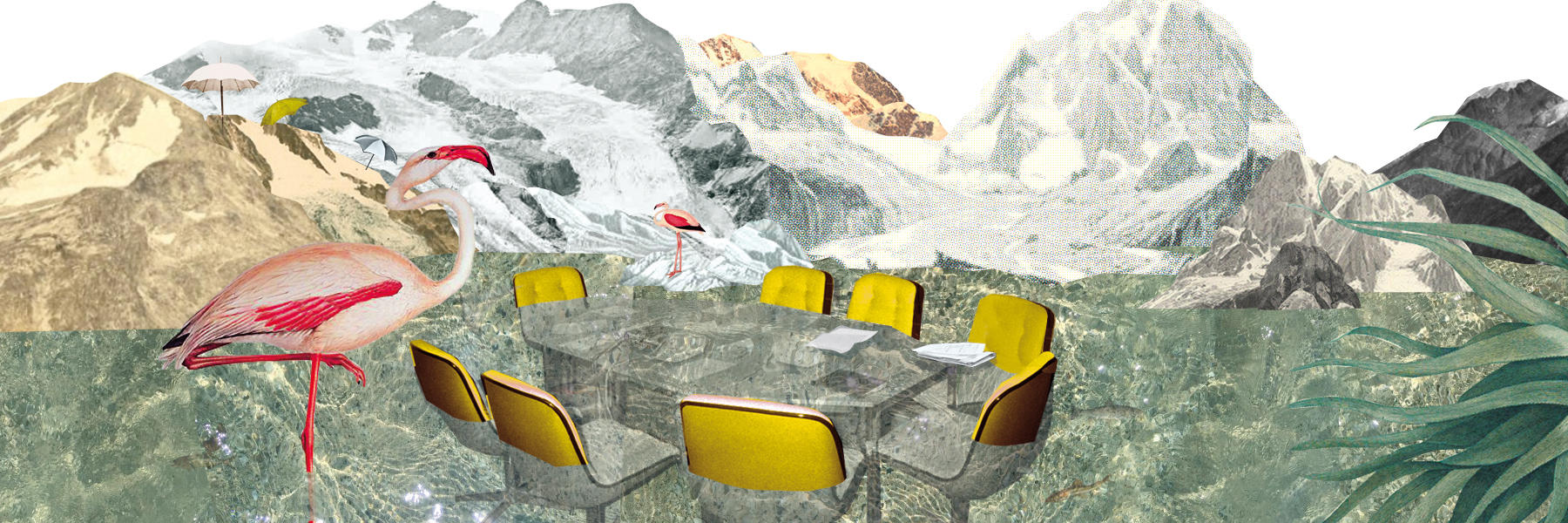
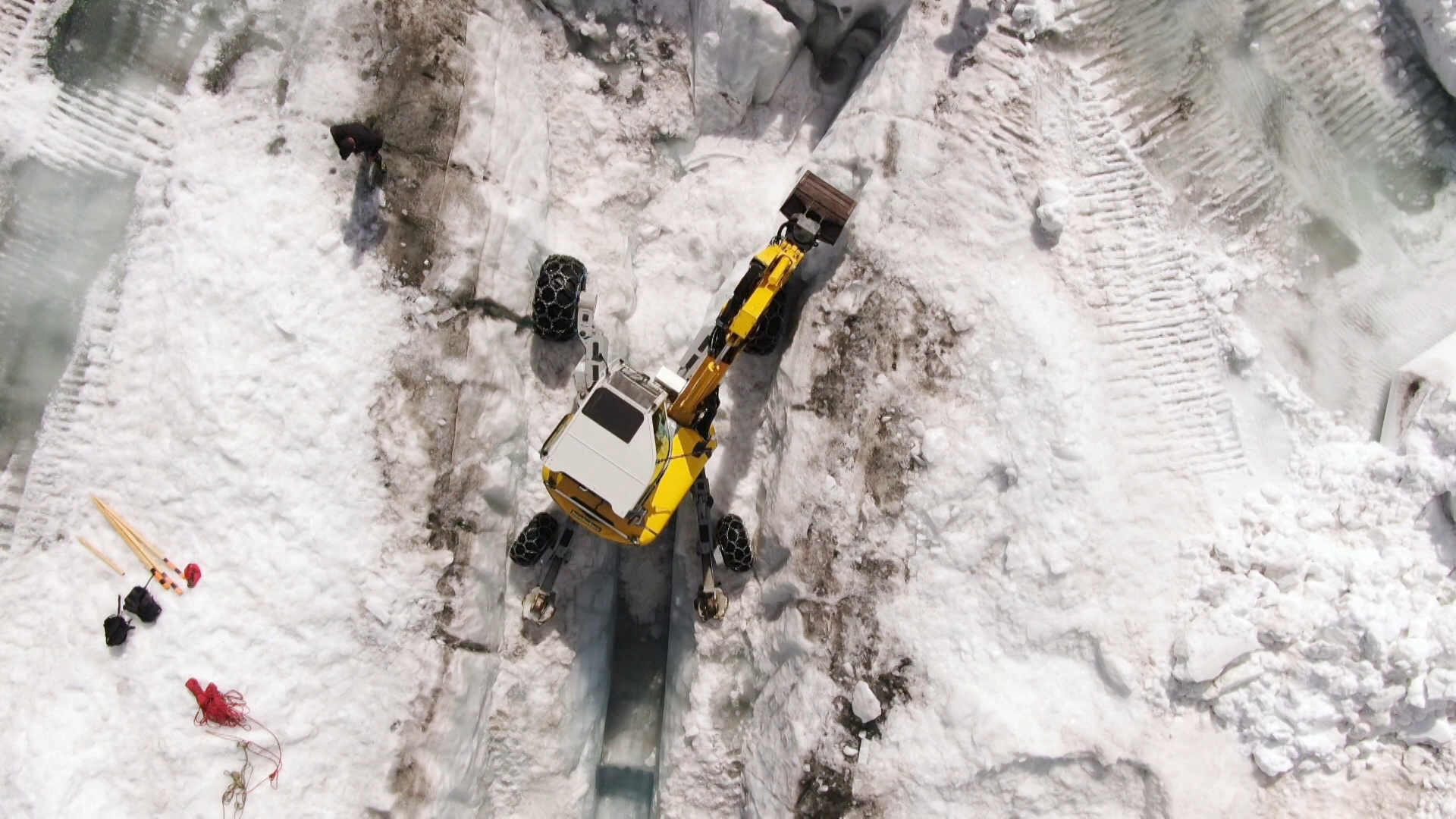
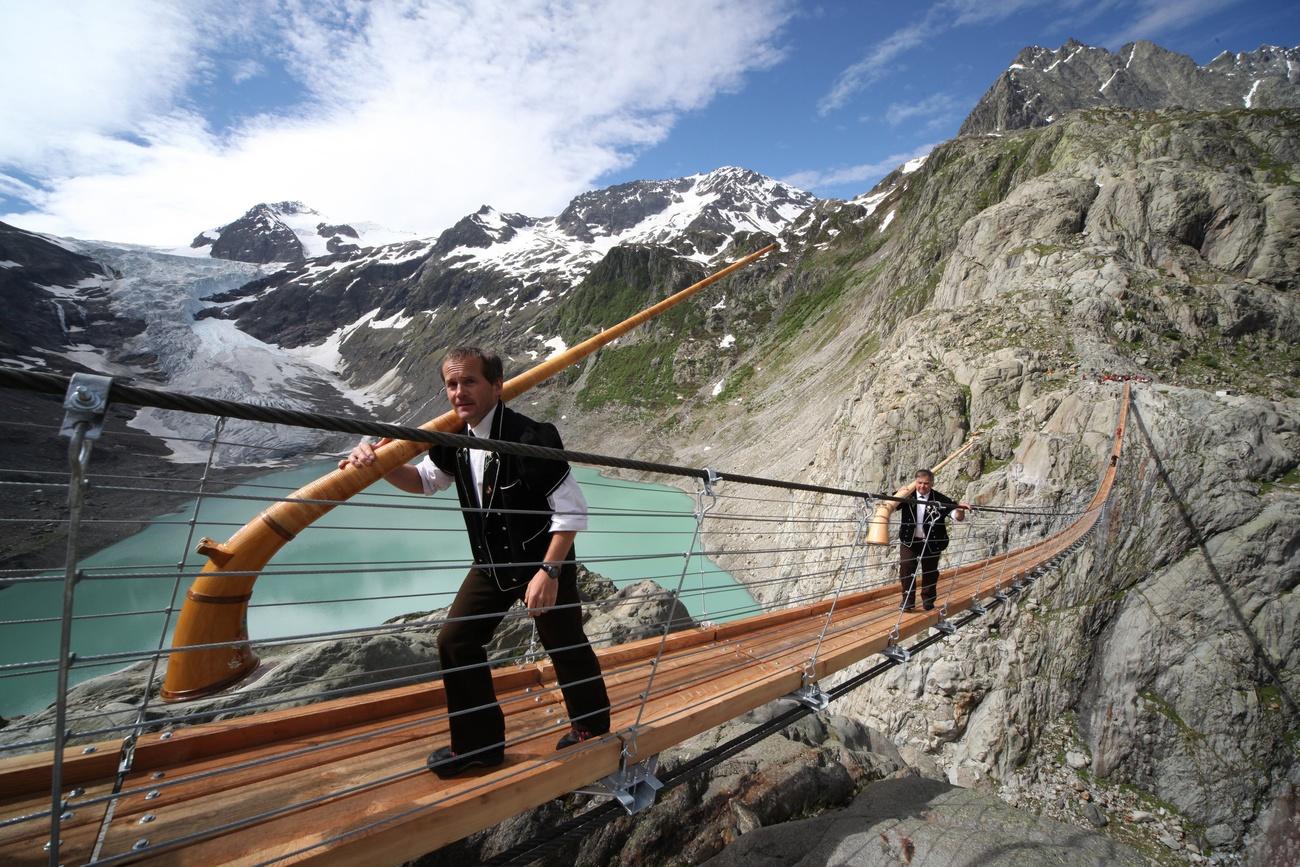
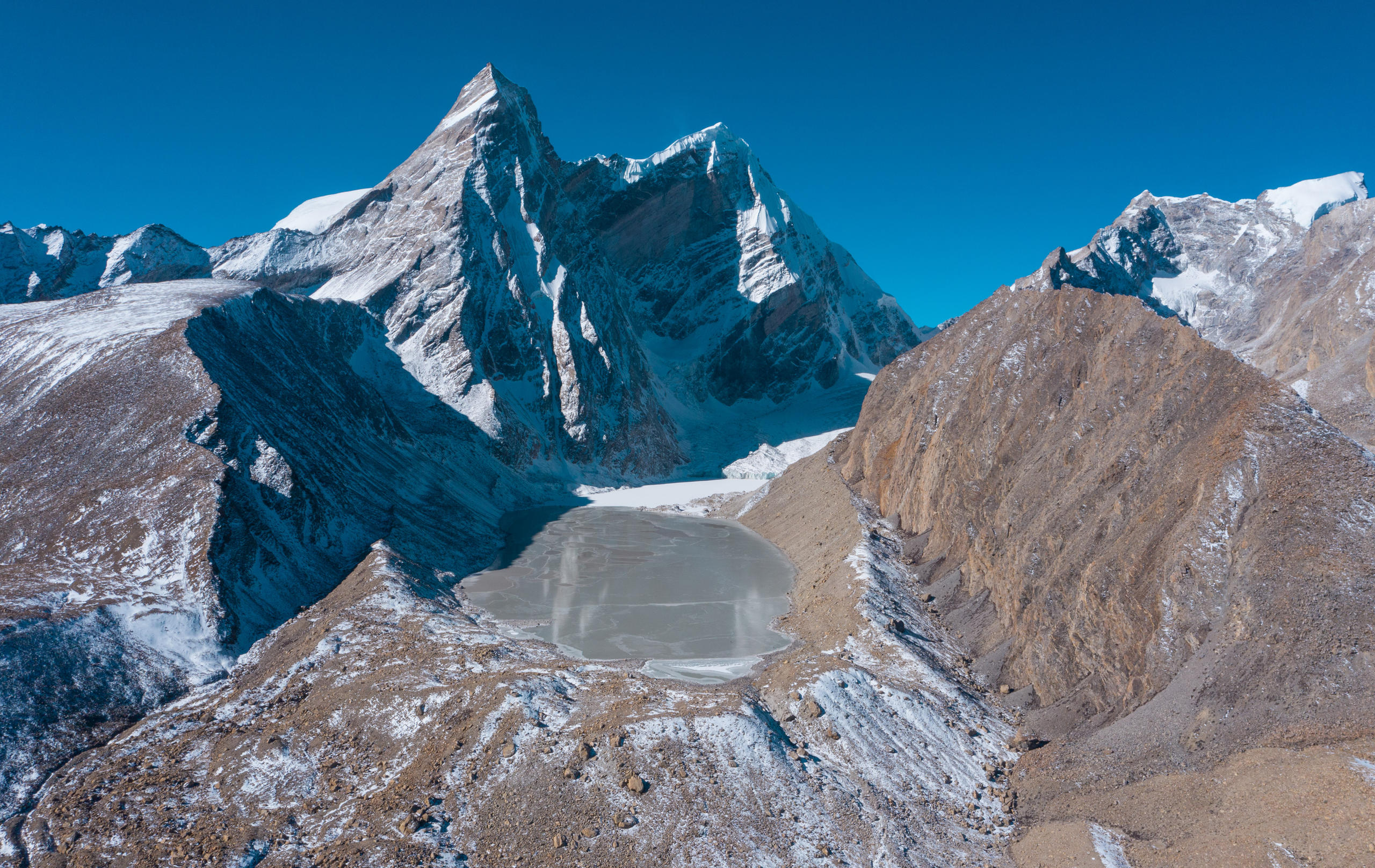
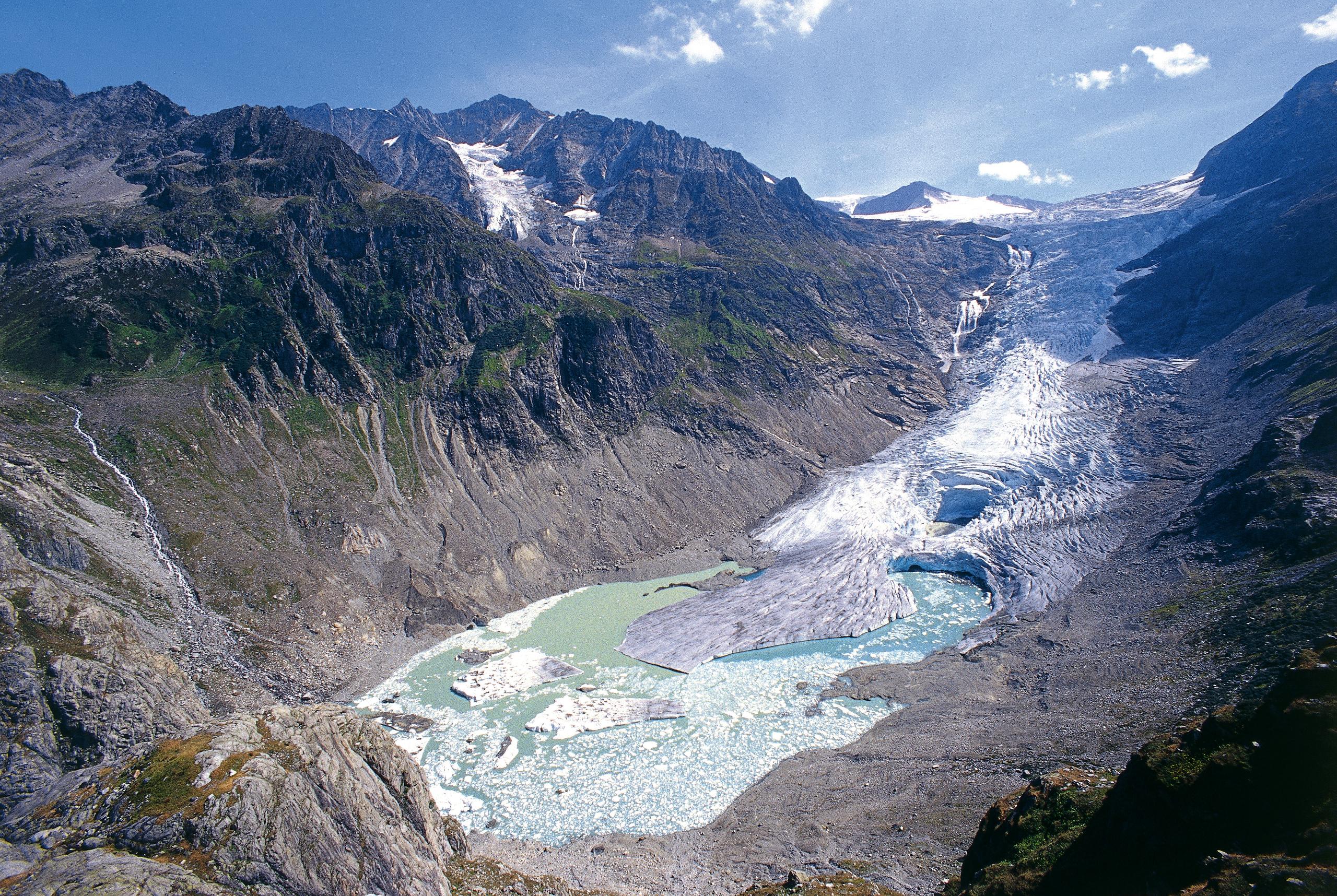
You can find an overview of ongoing debates with our journalists here. Please join us!
If you want to start a conversation about a topic raised in this article or want to report factual errors, email us at english@swissinfo.ch.